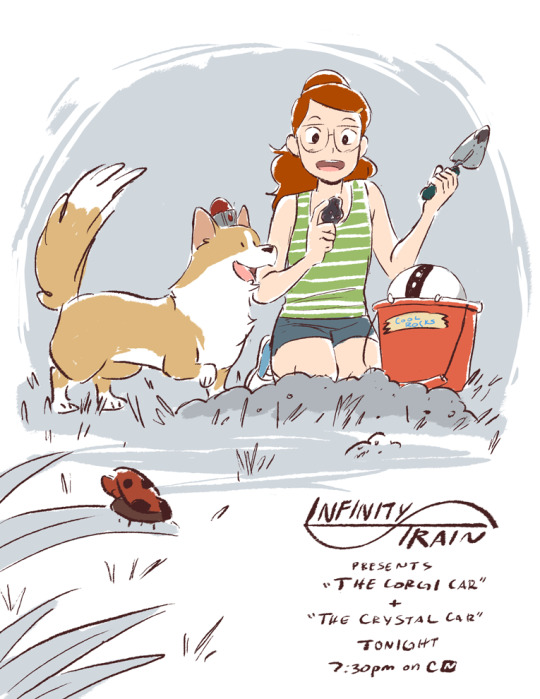#art: humans
Text
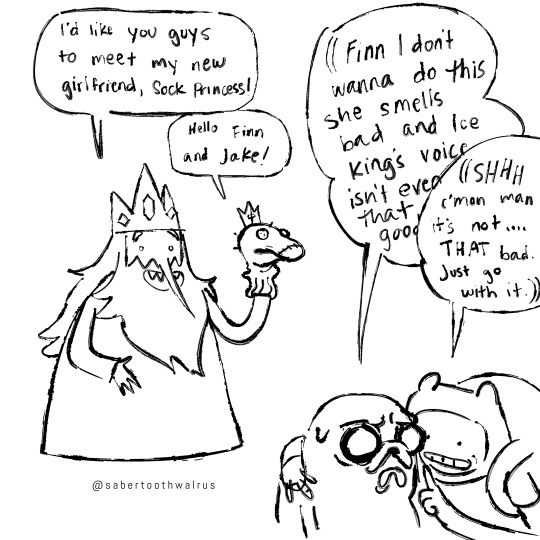


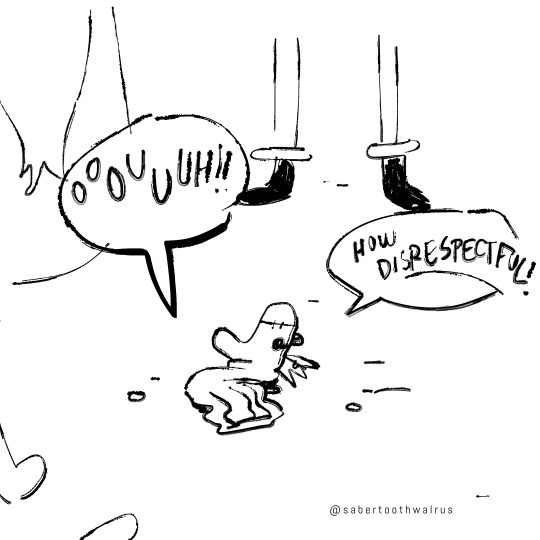
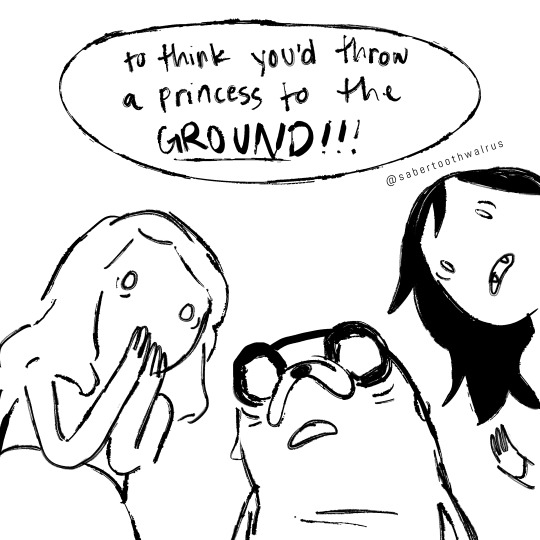
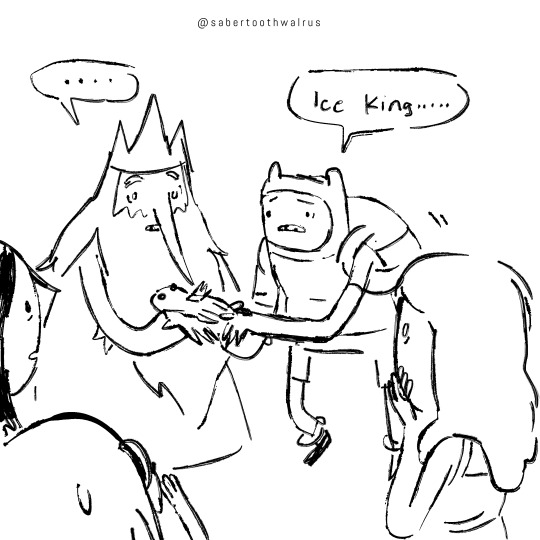
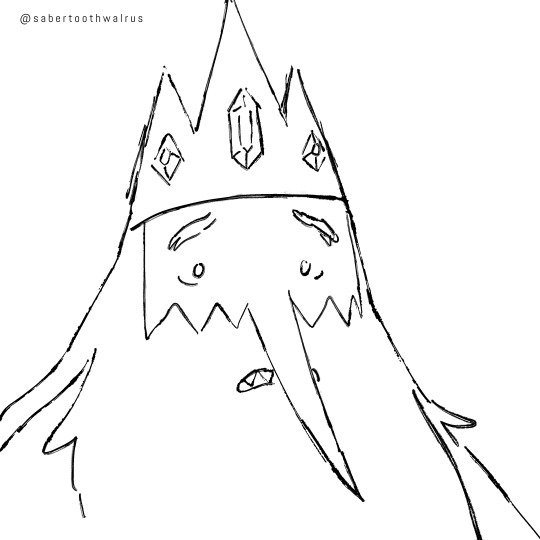

I wanted to revisit sock princess
#adventure time#ice king#sock princess#simon petrikov#finn the human#jake the dog#marceline the vampire queen#princess bubblegum#my art#comic
61K notes
·
View notes
Text
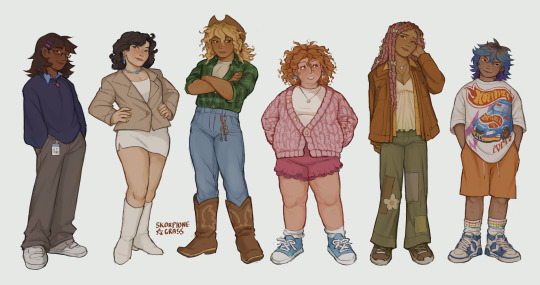


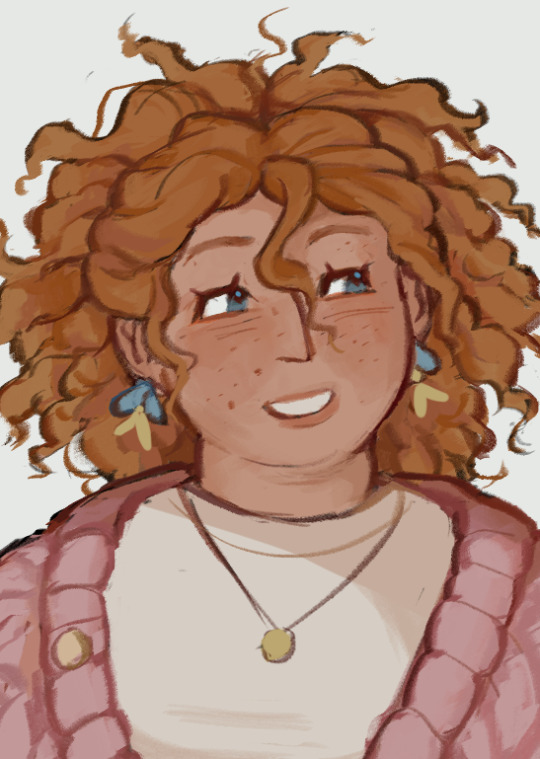

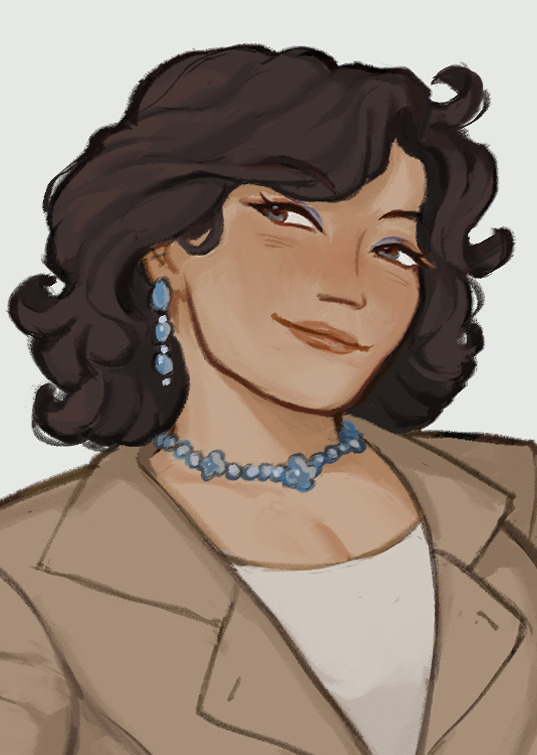
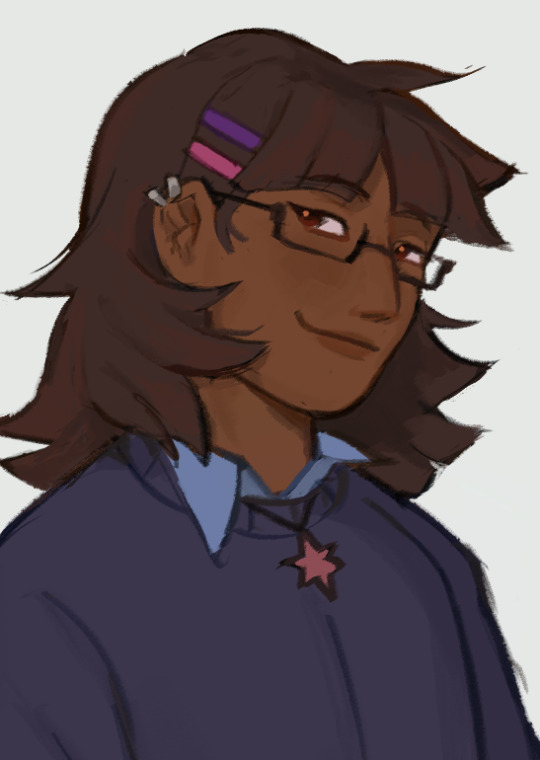
finally finished my mlp human designs ^^ i hope i can draw more of them in the future
#i have sm of this human equestria au planned out... but when will i draw it idk#enjoy this for now ^^#my art#mlp#my little pony#friendship is magic#mlp fanart#twilight sparkle#rarity#applejack#fluttershy#pinkie pie#rainbow dash
21K notes
·
View notes
Text

#threads#threads app#threads account#threads an instagram app#celebrity news#robin williams#zelda williams#ai#ai generated#aiartisnotart#ai is a plague#ai issues#ai is not art#ai is scary#ai is dangerous#ai is theft#ai is stupid#support human artists#disturbing#terrifying#unsettling#actors strike#sag afra strike#workers#workers rights#workers strike#support unions#voice actors#actors#actor
48K notes
·
View notes
Text
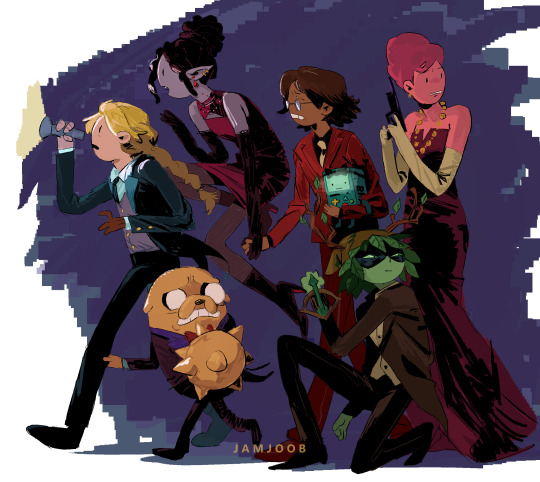
I would've done anything for another fancy dinner episode
#adventure time#finn the human#jake the dog#marceline#simon petrikov#princess bubblegum#huntress wizard#bmo#my art
43K notes
·
View notes
Text
I was meeting a client at a famous museum’s lounge for lunch (fancy, I know) and had an hour to kill afterwards so I joined the first random docent tour I could find. The woman who took us around was a great-grandmother from the Bronx “back when that was nothing to brag about” and she was doing a talk on alternative mediums within art.
What I thought that meant: telling us about unique sculpture materials and paint mixtures.
What that actually meant: an 84yo woman gingerly holding a beautifully beaded and embroidered dress (apparently from Ukraine and at least 200 years old) and, with tears in her eyes, showing how each individual thread was spun by hand and weaved into place on a cottage floor loom, with bright blue silk embroidery thread and hand-blown beads intricately piercing the work of other labor for days upon days, as the labor of a dozen talented people came together to make something so beautiful for a village girl’s wedding day.
What it also meant: in 1948, a young girl lived in a cramped tenement-like third floor apartment in Manhattan, with a father who had just joined them after not having been allowed to escape through Poland with his pregnant wife nine years earlier. She sits in her father’s lap and watches with wide, quiet eyes as her mother’s deft hands fly across fabric with bright blue silk thread (echoing hands from over a century years earlier). Thread that her mother had salvaged from white embroidery scraps at the tailor’s shop where she worked and spent the last few days carefully dying in the kitchen sink and drying on the roof.
The dress is in the traditional Hungarian fashion and is folded across her mother’s lap: her mother doesn’t had a pattern, but she doesn’t need one to make her daughter’s dress for the fifth grade dance. The dress would end up differing significantly from the pure white, petticoated first communion dresses worn by her daughter’s majority-Catholic classmates, but the young girl would love it all the more for its uniqueness and bright blue thread.
And now, that same young girl (and maybe also the villager from 19th century Ukraine) stands in front of us, trying not to clutch the old fabric too hard as her voice shakes with the emotion of all the love and humanity that is poured into the labor of art. The village girl and the girl in the Bronx were very different people: different centuries, different religions, different ages, and different continents. But the love in the stitches and beads on their dresses was the same. And she tells us that when we look at the labor of art, we don’t just see the work to create that piece - we see the labor of our own creations and the creations of others for us, and the value in something so seemingly frivolous.
But, maybe more importantly, she says that we only admire this piece in a museum because it happened to survive the love of the wearer and those who owned it afterwards, but there have been quite literally billions of small, quiet works of art in billions of small, quiet homes all over the world, for millennia. That your grandmother’s quilt is used as a picnic blanket just as Van Gogh’s works hung in his poor friends’ hallways. That your father’s hand-painted model plane sets are displayed in your parents’ livingroom as Grecian vases are displayed in museums. That your older sister’s engineering drawings in a steady, fine-lined hand are akin to Da Vinci’s scribbles of flying machines.
I don’t think there’s any dramatic conclusions to be drawn from these thoughts - they’ve been echoed by thousands of other people across the centuries. However, if you ever feel bad for spending all of your time sewing, knitting, drawing, building lego sets, or whatever else - especially if you feel like you have to somehow monetize or show off your work online to justify your labor - please know that there’s an 84yo museum docent in the Bronx who would cry simply at the thought of you spending so much effort to quietly create something that’s beautiful to you.
#shut up e#long post#Saturday thoughts#this has been in my drafts for a week haha#also this is the heart of why AI art feels so wrong#forget the discussion of copyright and theft etc - even if models were only trained on public domain they would still feel very wrong#because they’re not art. art is the labor of creation#even commercial art and art commissioned by the popes and kings of history: there is humanity in the labor of it#unrelated: I did not know living in the Bronx was now something to brag about. How the fuck do y’all New Yorkers afford this city???
25K notes
·
View notes
Text
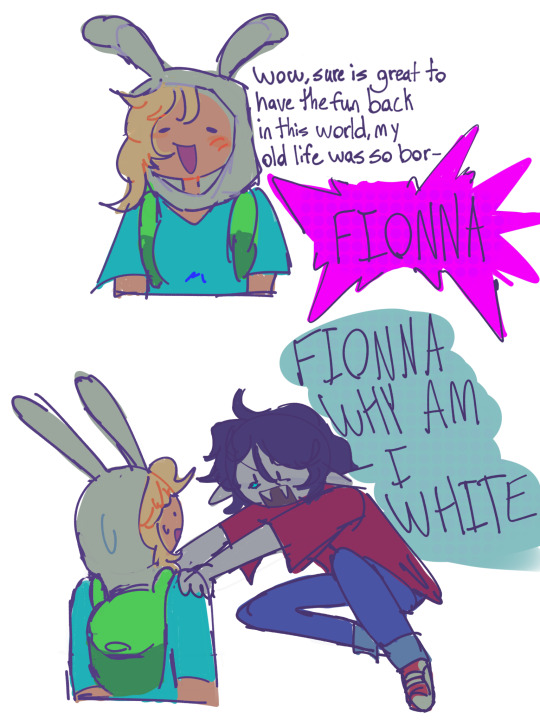
i had an epiphany
#fionna and cake#fionna and cake spoilers#marshall lee#fionna cambell#fionna the human#adventure time#art#lex art#artists on tumblr
47K notes
·
View notes
Text
like okay if we're talking about this anatomically the ear holes on a human skull and a cat are actually in the same spot it's a difference in the shape of the cranium. you can see what's happening if you look at hairless cats

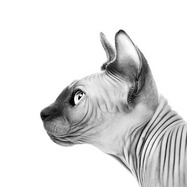
ears is big. so you can put the cat ears wherever you want if you start them at the same point as where the human ears would go.
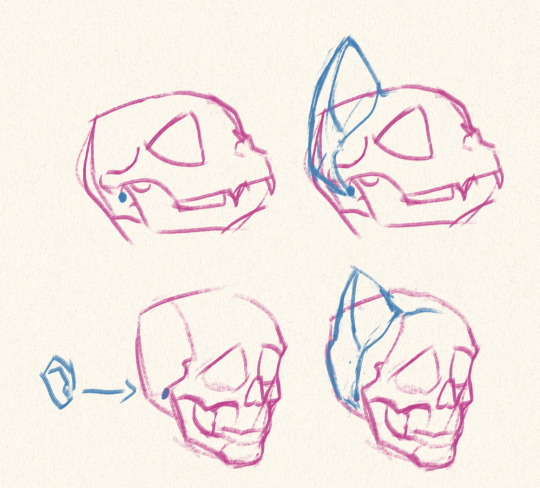
just like. pull the sideburns back a little and it's fine. it's fine.

it's the best way to catify your blorbos with visible human ears. but that's just my........ purrsonal opinion..............
#excuse the drawing quality on literally everything that isn't the human skulls#.....i don't have a tag for this.#art tag
23K notes
·
View notes
Text
#art#humanity#kindness#people being people#society#human beings#faith in humanity#india#cleaning#life hacks#tips#how to#love#life#hope#feeling#emotions#existence#reality#real life
31K notes
·
View notes
Text
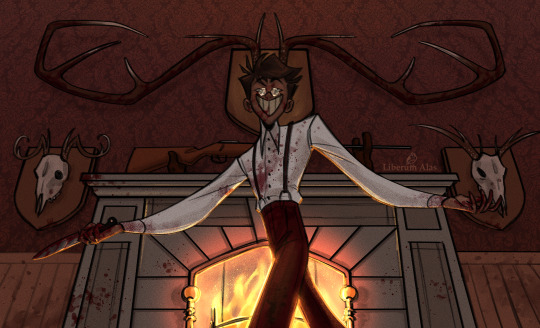
The hunting lodge
#art#my art#my artwork#hazbin alastor#hazbin hotel#hazbin hotel fanart#alastor#alastor fanart#hazbin hotel alastor#fanart#human alastor#human alastor fanart#radio demon#hazbin art
16K notes
·
View notes
Text
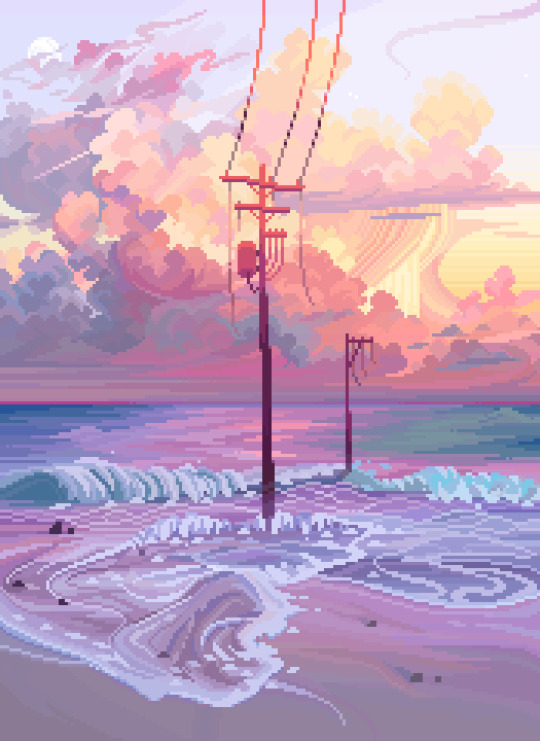




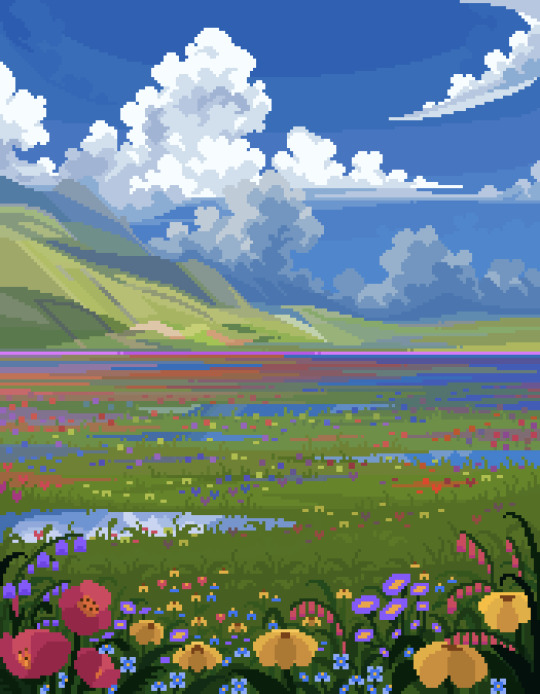
support human artists and stand against generative AI 🖤
buy a wallpaper or leave a tip / twitter / instagram / shop
#support human artists#pixel art#artist on tumblr#illustration#art#artwork#landscape#aesthetic#anti ai#ai is theft#pixelart
17K notes
·
View notes
Text
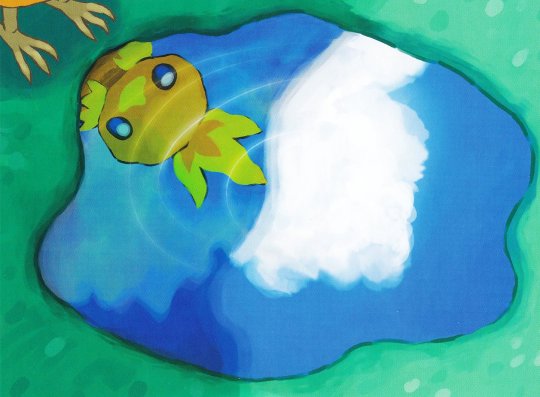
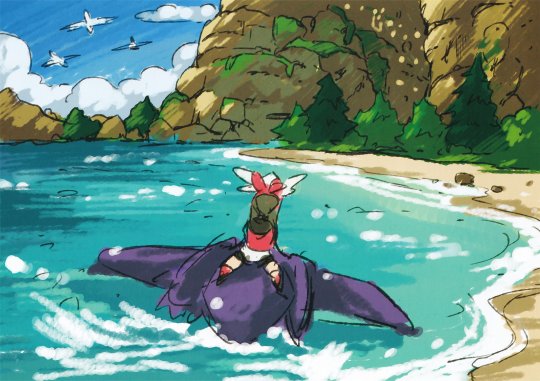
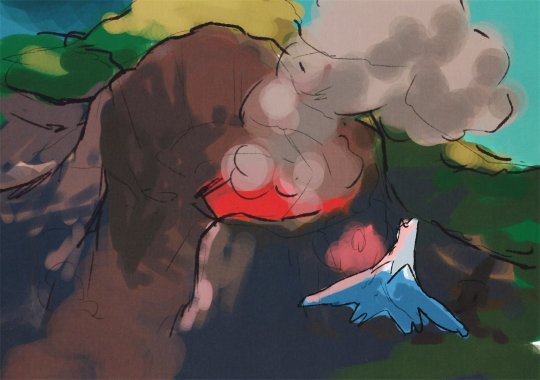
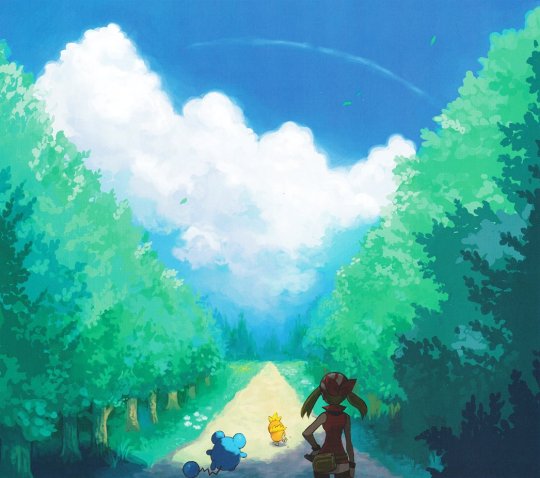
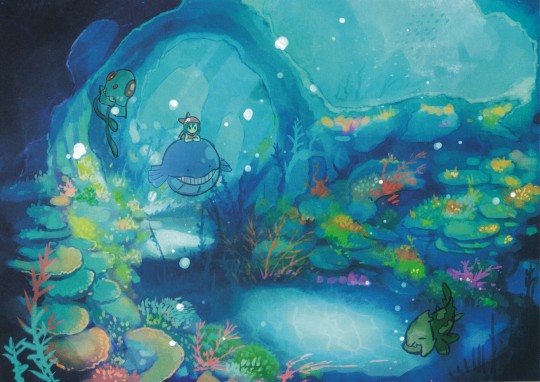
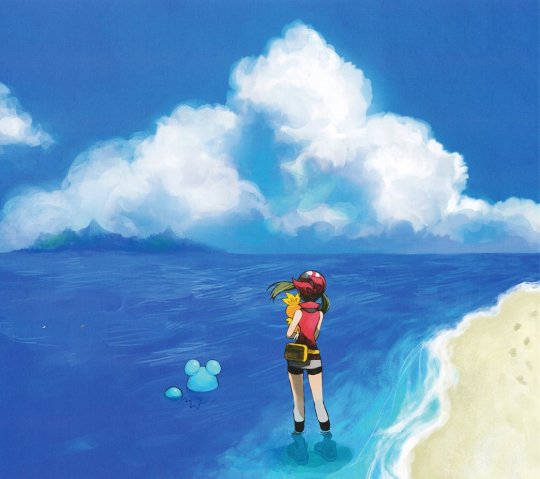
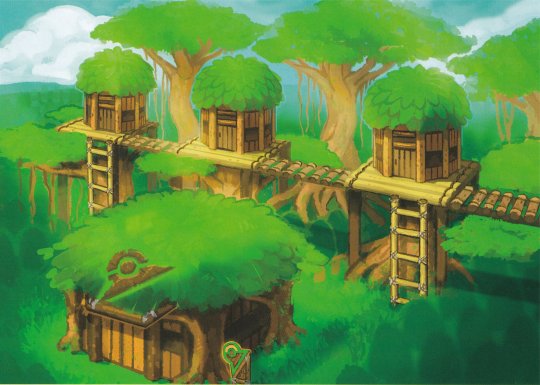
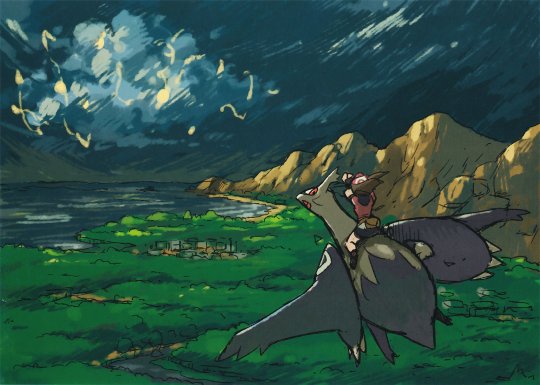
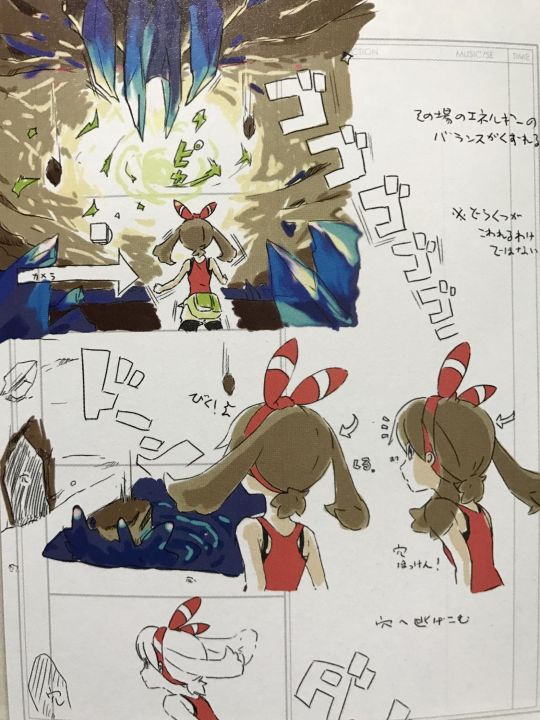
24 notes
·
View notes
Text
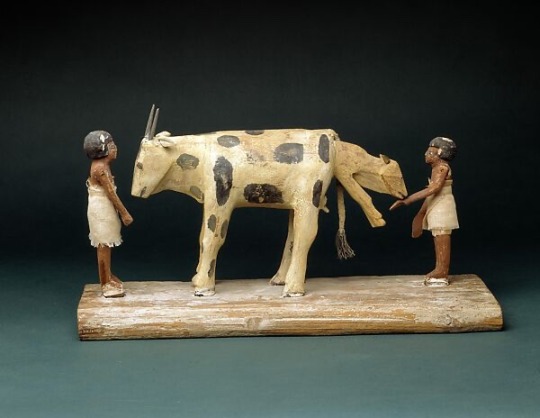
I can’t tell you how much I love this artwork from ancient Egypt (the Middle Kingdom). People have been raising cattle and practicing animal husbandry for so long, that there is something almost inherently human about this scene.
Everyone in the field of veterinary medicine or agriculture knows the feeling of staying up late with a laboring animal trying to make sure both mom and baby are okay. Delivering a calf is often physically and emotionally exhausting work that takes enormous patience and learned skill. It requires a unique balance of physical strength and gentleness to do correctly. There is no feeling quite like getting that baby out and everyone is okay. I’m certain ancient people must have felt the same way, and I wonder if the artist knew this feeling firsthand. I wonder if those humans depicted were people the artist knew, if the cow and calf maybe were as well.
18K notes
·
View notes
Text
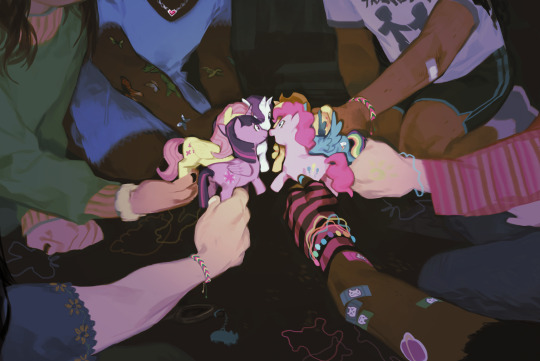
and they were the best of friends forever
#original art#but also#my little pony#edit: the girls arent supposed to be their human counterparts or humanizations#more so the type of person whose favorite pony would be the one theyre holding
59K notes
·
View notes
Text


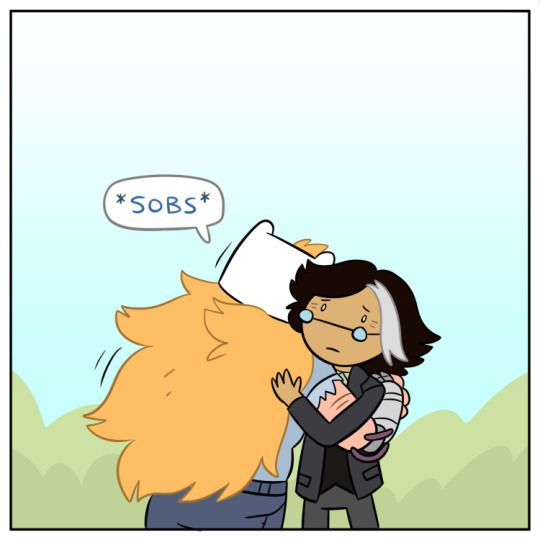
I was waiting for this scene at the end of Fionna and Cake.
#adventure time#fionna and cake#finn#finn the human#simon#simon petrikov#fanart#cartoon#art#drawing#comic#webcomic
38K notes
·
View notes
Text
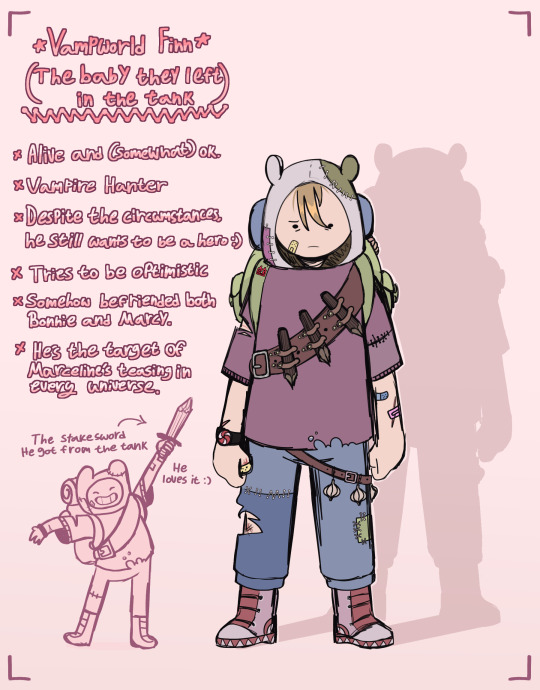


VAMPWORLD FINN!! The baby they left in the tank grew up :)
Next part
#He's a silly goofy guy in every universe :)#Vampworld Finn#Adventure time#Fionna and cake#Finn the human#finn mertens#princess bubblegum#marceline#marceline the vampire queen#bubbline#the star#art#artwork#digital art#my art#fanart
26K notes
·
View notes

